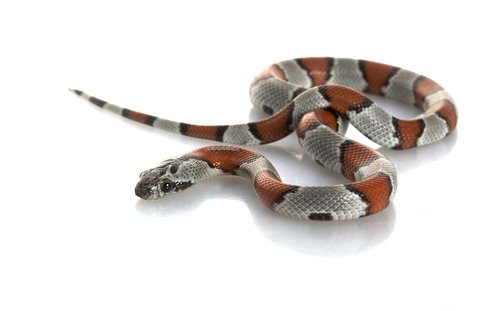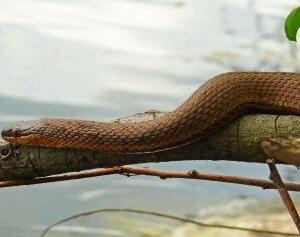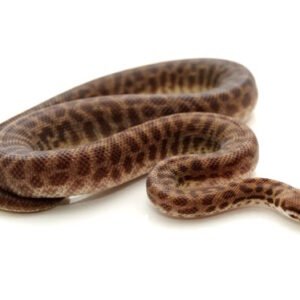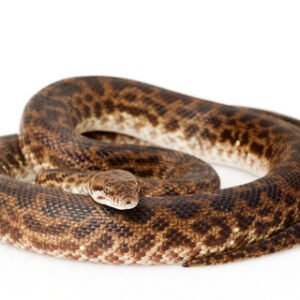Physical Characteristics and Varieties of the Gray Banded Kingsnake
The gray banded kingsnake (Lampropeltis alterna) is renowned for its striking appearance, characterized by a distinct coloration that is both attractive and easily recognizable. Typically, this species showcases a combination of gray and white or yellow bands, creating a visually captivating pattern that can vary between individuals. The base coloration of the gray banded kingsnake often features hues ranging from light gray to dark gray, with alternating bands that can manifest in either white or creamy yellow. This unique pattern not only highlights the snake’s beauty but also serves as a form of camouflage in its natural habitat.
When it comes to size, the gray banded kingsnake generally reaches lengths of around 3 to 4 feet, although some individuals may exceed this range. Their slender bodies allow for agility and grace as they navigate through rocky terrains and brush, which is characteristic of their native habitats in the southwestern United States and northern Mexico. Notably, their smooth scales enhance their streamlined physique, contributing to their appealing aesthetic.
Within the gray banded kingsnake species, there exists a rich diversity of color morphs that can be found in various locales. These color variations can include differences in the intensity of the gray, the brightness of the bands, and the overall pattern layout. Some morphs may exhibit striking tones of orange or red, appealing to collectors and enthusiasts alike. Furthermore, selective breeding has introduced additional distinct varieties in captivity, offering kingsnake aficionados an array of choices that further enrich the species’ allure. Overall, the physical characteristics and variations of the gray banded kingsnake provide a fascinating glimpse into the diversity and beauty of this remarkable reptile.
Care and Habitat Requirements for Keeping Gray Banded Kingsnakes
Gray banded kingsnakes require specific care and habitat conditions to thrive in captivity. Understanding their natural environment is essential for creating a suitable habitat. Enclosure size is a critical consideration; a minimum of a 40-gallon tank is recommended for adults, whereas hatchlings or juveniles can be housed in a smaller enclosure and gradually transitioned as they grow. The width and height of the tank should also allow for climbing and movement, reflecting their natural inclination to explore.
Choosing the right substrate is another vital aspect of habitat setup. Options such as aspen shavings, cypress mulch, or coconut fiber are preferable, as they provide adequate moisture retention and allow for burrowing. The enclosure should emulate a desert-like environment, which means maintaining appropriate temperature and humidity levels. A temperature gradient of approximately 75°F to 85°F on the cooler side and 85°F to 90°F on the warm side is ideal to facilitate thermoregulation. Additionally, a humidity level of around 30% to 50% is sufficient to ensure the overall health and shedding process of the snake.
Hiding spots are essential for gray banded kingsnakes as they are semi-arboreal and appreciate areas for cover. Incorporating items such as caves, logs, or commercially available hides should be prioritized to help your pet feel secure. When it comes to dietary needs, gray banded kingsnakes primarily consume rodents, like mice or small rats, depending on their size. It is crucial to feed juveniles once every five days and adults every 7-14 days, allowing them the opportunity to digest their meals adequately. This balanced approach to their care and environment will ultimately ensure a healthy, thriving gray banded kingsnake as a reptile companion.





